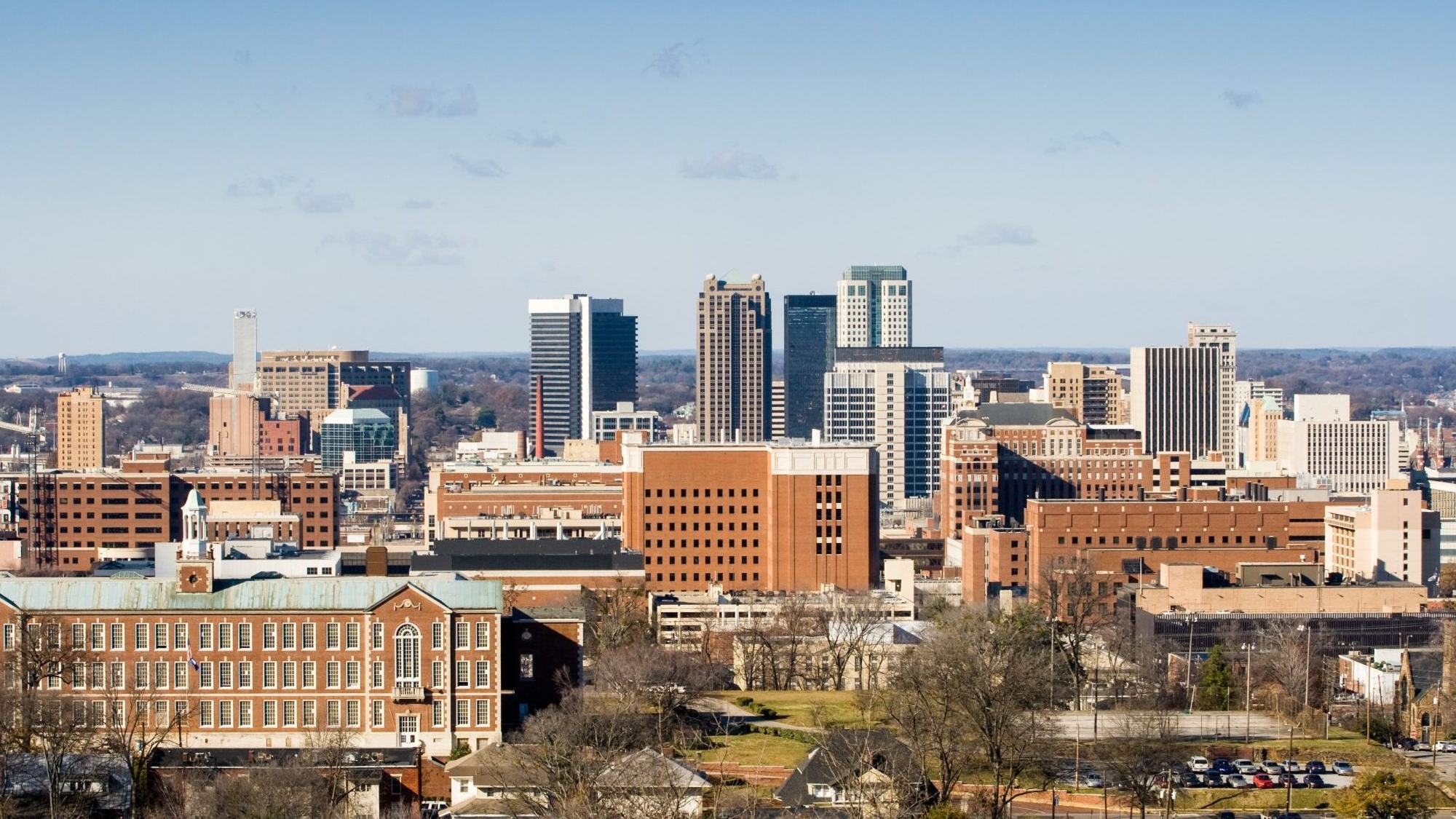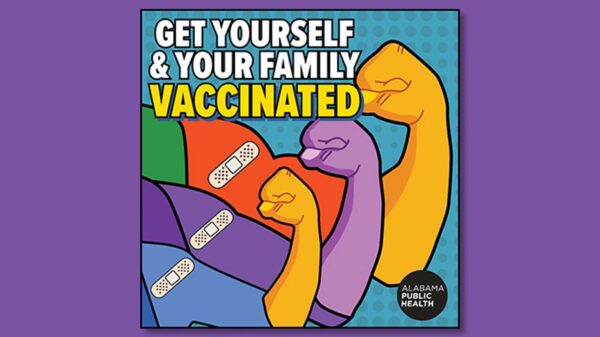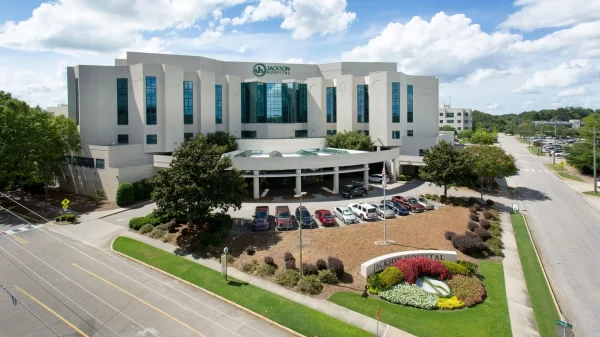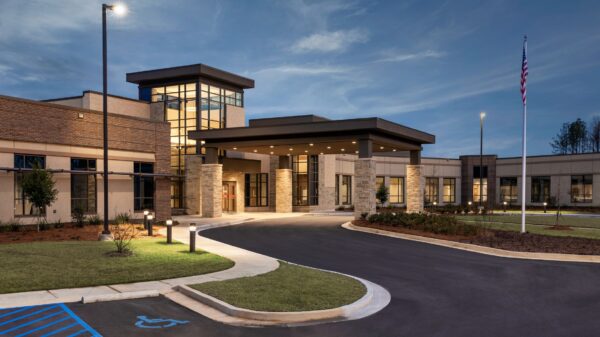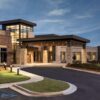Preliminary data from the Jefferson County Health Department released Friday shows that African-Americans in Alabama’s largest county are not dying from COVID-19 in disproportionate numbers — unlike the state as a whole and many other cities across the country.
Of Jefferson County’s deaths so far, according to the data released Friday, 40 percent of those who have died were black and 58 percent were white. Another 2 percent were unknown or unspecified, according to the Jefferson County Department of Health.
“We’re very sad about all the deaths, of course,” Jefferson County Health Officer Dr. Mark Wilson said Friday. “But we’re glad that so far we’re not seeing a disproportionate impact on one race or another.”
About 43.5 percent of Jefferson County’s population is black and 53.2 percent is white, according to the U.S. Census Bureau.
{{CODE1}}
The data out of Jefferson County, released Friday at a press conference, is preliminary and could change, Wilson said.
As more deaths occur and are investigated, the ratios could change. The variation between the actual county population demographics and the demographics of the deaths is small and may not be large enough to be statistically significant, Wilson said.
“We will see some variation from just randomness as we go forward,” Wilson said. “And we also may have an uptick in deaths suddenly that could skew those one way or another.”
But it is a positive sign that black people in the state’s largest county are not being disproportionately killed by the virus, he said.
“Basically, we’re seeing our death rate so far match the percentage of the population,” Wilson said. “So we’re not quite seeing a disparity right now.”
Preliminary data gathered about the demographics of those who have been tested in Jefferson County and those who have tested positive also show fewer racial disparities.
An equal proportion of black and white residents have been tested, Wilson said, but there are a large number of tests for which racial demographics are unavailable.
About 45 percent of the county’s positive cases are black, and about 45 percent are white. The racial demographics for about 10 percent of the county’s positive cases are unknown, Wilson said.
{{CODE2}}
Compared to the state as a whole, the racial disparities surrounding COVID-19 in Jefferson County are far less pronounced.
According to the latest data available from the Alabama Department of Public Health, about 44 percent of COVID-19 deaths in Alabama are among black people, while black people make up only 27 percent of the state’s population.
{{CODE3}}
That disparity is mirrored across the country. In Louisiana, black people make up about 58.28 percent of deaths but only 33 percent of the state’s population. In Illinois, about 35 percent of deaths are among black people but black people account for only 15 percent of the state’s population.
“The COVID-19 pandemic has highlighted just how profoundly health care access and health outcomes are linked with an individual’s employment and income status in the United States,” wrote Dr. Selwyn Vickers, the dean of the UAB School of Medicine, in a letter cosigned by several other medical school deans. “Many African Americans and other minorities cannot stay home because they work in sectors like health care, government, transportation and food supply that are now deemed essential. In cities, minority populations are still riding public transportation in large numbers to go to work, yet another unavoidable exposure risk.”
Officials in Birmingham and Jefferson County were early in Alabama to implement non-essential business closures and issue a stay-at-home order for the city, which is Alabama’s largest. Public health officials there and infectious disease experts at UAB have credited that early intervention with slowing the virus’s spread.
“In some ways, we have our own social experiment that’s already happened,” UAB infectious diseases expert Dr. Michael Saag told APR this week. “And the preliminary data indicate that what Jefferson County did worked, relative to the counties that were slow to respond.”
As the state lifted its stay-at-home order Thursday at 5 p.m., Birmingham has put in place a 10 p.m. to 5 a.m. curfew and is now requiring face coverings be worn in public to further prevent spread of the virus.
“The reason we do that — it’s not to protect ourselves from others — it is to prevent us from spreading disease to other people, because we could have COVID-19 and have no symptoms whatsoever,” said Dr. Sarah Nafziger, the co-chair of UAB’s emergency management committee. “So when you put that mask on and wear it out in public, that’s an act of love.”
Birmingham Mayor Randall Woodfin said at the press briefing Friday that he wanted more time to review the data before making a determination about how to use it going forward.
“My first reaction is that I’m very pleased and thankful to Dr. Wilson for publicly providing this information today,” Woodfin said. “It’s important for us to be armed with factual information. And the decisions we make are data-driven, so we can continue to communicate with the residents of Birmingham, the precautions they should take to keep themselves safe.”





































